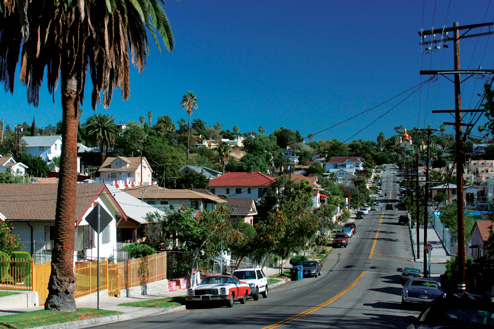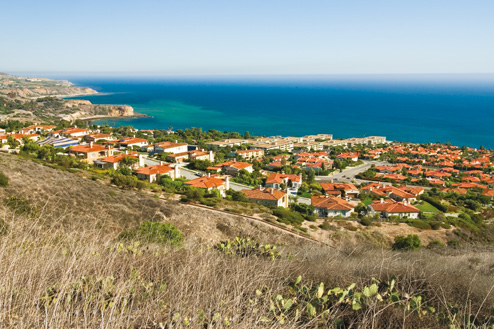Car
Angelenos have taken the American love of the automobile to a new level. Status, both real and perceived, is closely bound up with the kind of car that a person drives, so streets are full of all the latest high-end models. The pride and joy that people take in their cars, though, has a downside. Los Angeles consistently has the some of the worst traffic in the entire country, from bottlenecks on local freeways to intersections where gridlock can add up to an hour to a short ride. Still, in a city as spread out as Los Angeles, most people come to the conclusion that driving is the only reasonable mode of transport. A wide network of services has been developed to deal with the inevitable snarls of the daily commute; foremost among them is the SigAlert. Named after the man who created a device to get traffic information from the police department to local radio stations, a SigAlert (www.sigalert.com) refers to any unplanned event that closes one lane of a freeway for at least 30 minutes. The Department of Transportation has also set up a website, http://trafficinfo.lacity.org, with a colour-coded system to show real-time traffic conditions.
Driving on surface streets is often the easier route, although during peak hours major roads and intersections will get backed up too. Almost all streets, including narrow, winding residential roads high up in the hills, run two ways. The exception lies in Downtown, which is laid out in a grid of alternating one-way streets. Many streets have restricted parking during daytime hours, but others require permits to park at any time, day or night, and almost all streets have designated cleaning days, so pay careful attention to street signs. Los Angeles has not instituted a congestion charge, and the freeway system remains free of tolls, so it depends upon the revenue created by enforcing parking violations. Members of the Parking Violations Bureau regularly patrol the streets in their signature white cars, looking for expired meters, cars parked in front of driveways or red kerb zones, or any other infringement of parking rules.
Driving on surface streets is often the easier route, although during peak hours major roads and intersections will get backed up too. Almost all streets, including narrow, winding residential roads high up in the hills, run two ways. The exception lies in Downtown, which is laid out in a grid of alternating one-way streets. Many streets have restricted parking during daytime hours, but others require permits to park at any time, day or night, and almost all streets have designated cleaning days, so pay careful attention to street signs. Los Angeles has not instituted a congestion charge, and the freeway system remains free of tolls, so it depends upon the revenue created by enforcing parking violations. Members of the Parking Violations Bureau regularly patrol the streets in their signature white cars, looking for expired meters, cars parked in front of driveways or red kerb zones, or any other infringement of parking rules.













